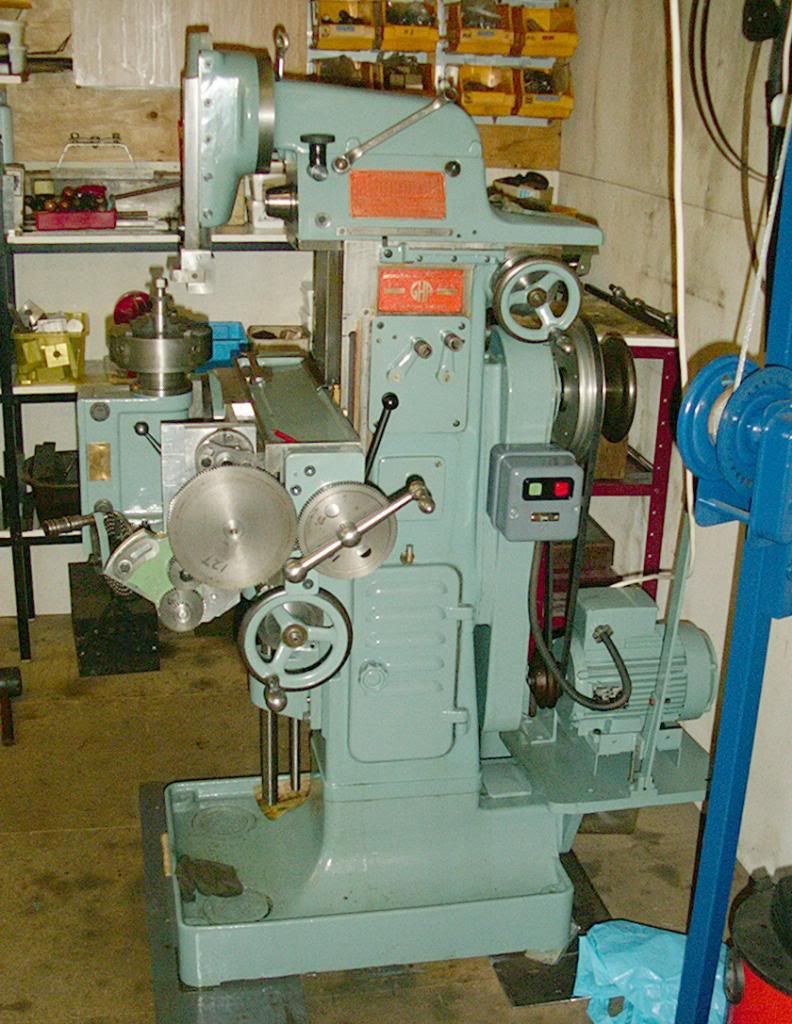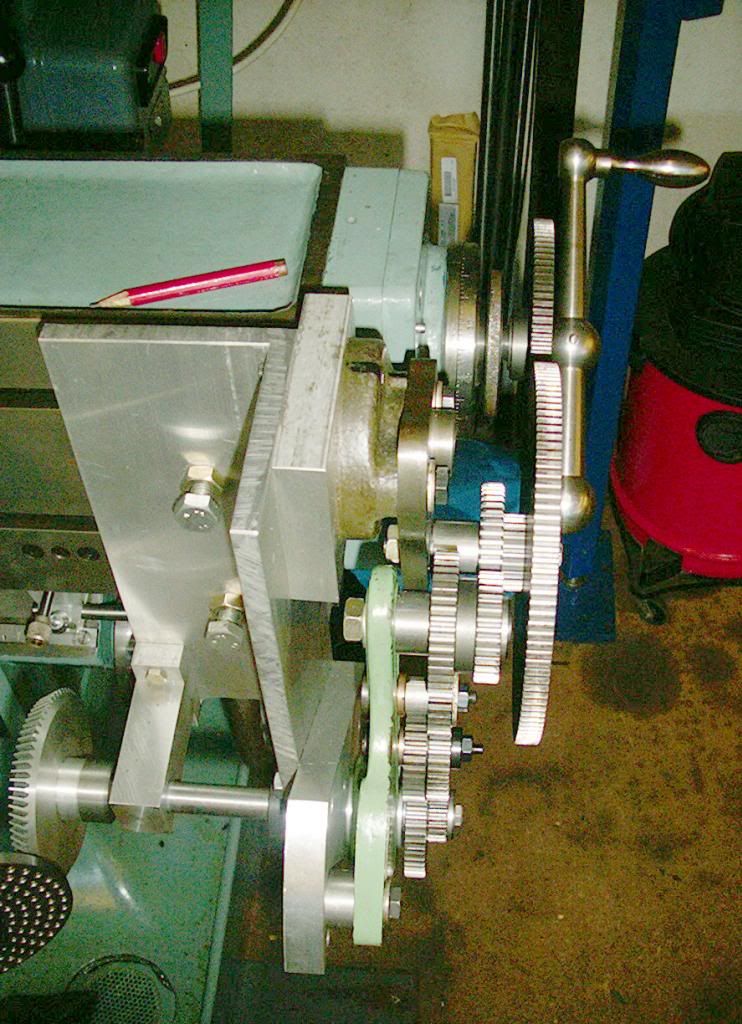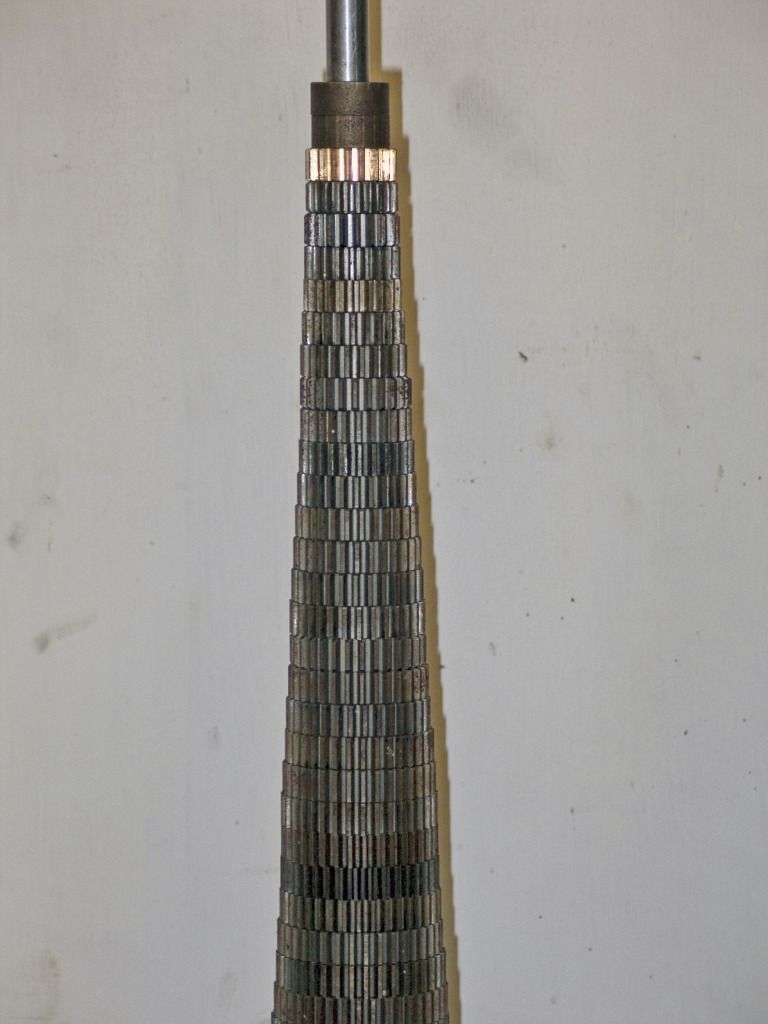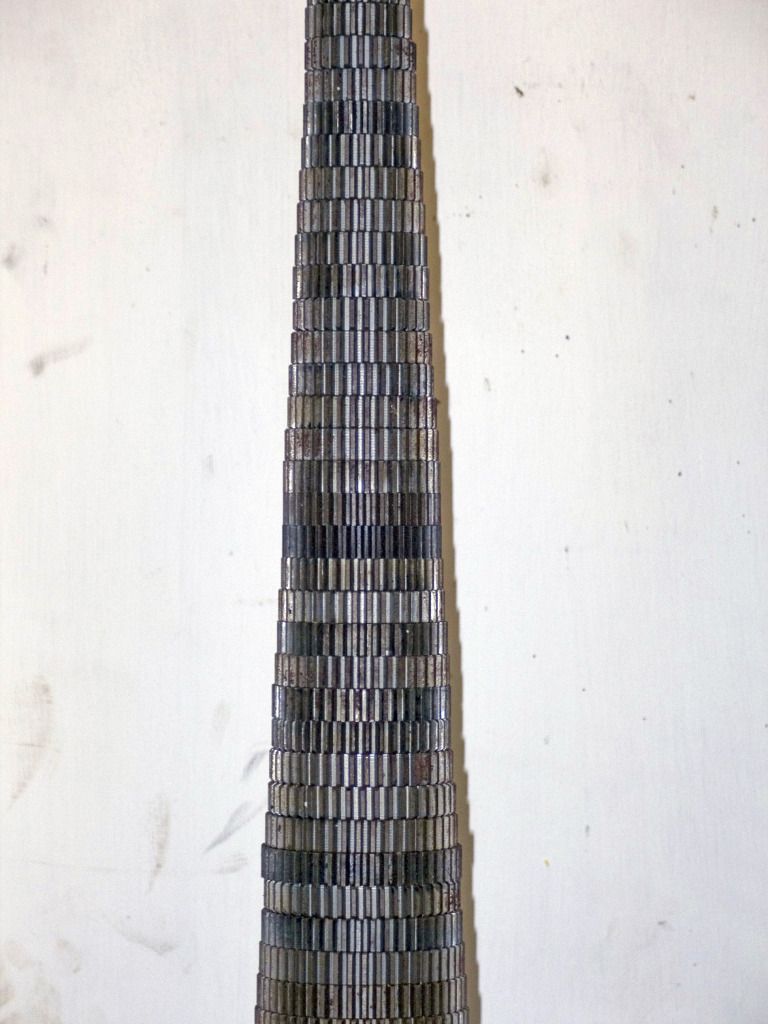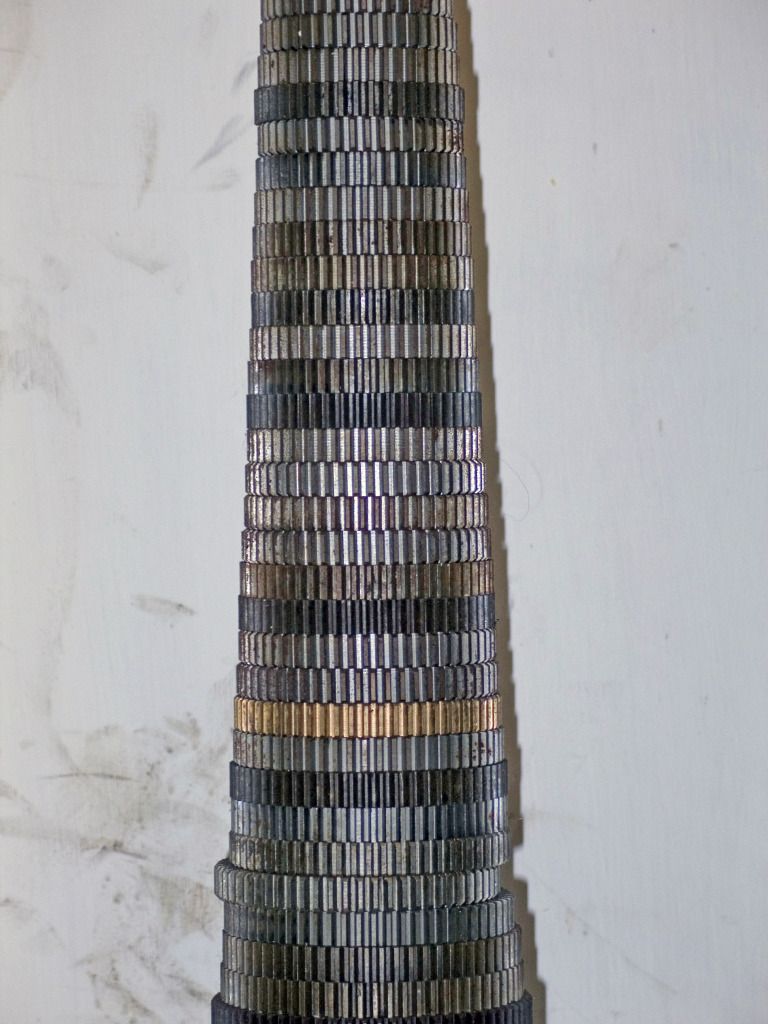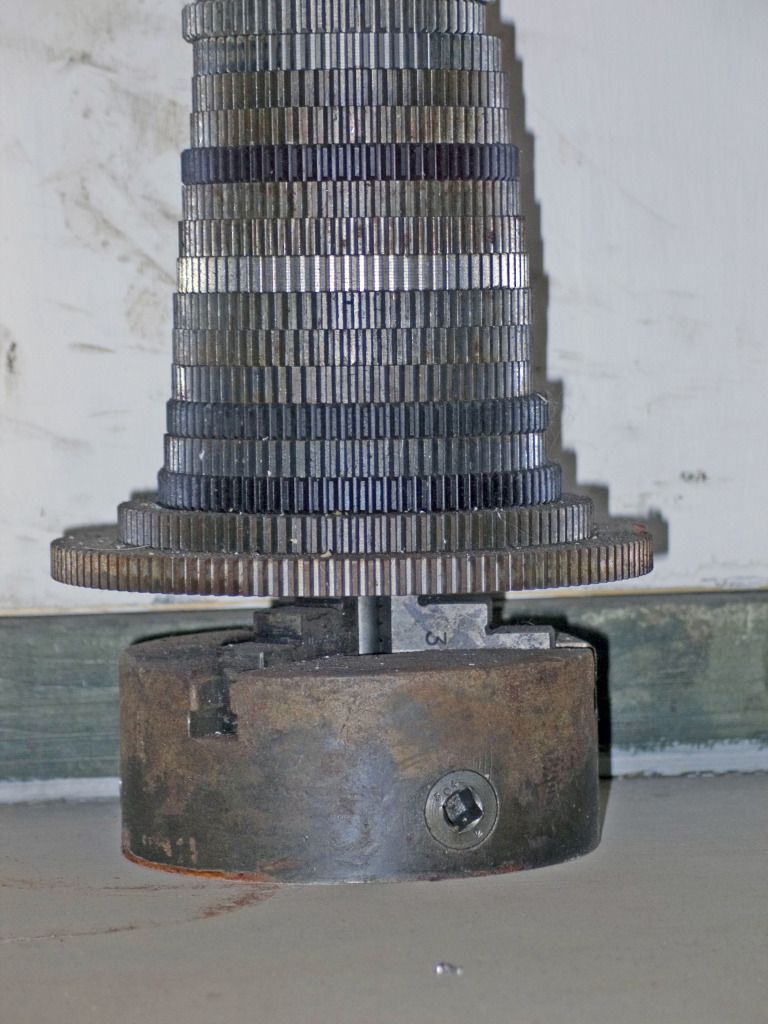black85vette
Well-Known Member
- Joined
- Jan 18, 2009
- Messages
- 1,084
- Reaction score
- 24
Here is some info for standard pitches I hope you find useful. When making a straight hob you first need to make a 40 degree cutter. The cutter is a mirror image of the tooth you want on the cutter so it is designed to have a flat tip and you measure your depth of cut from that flat. It is somewhat difficult to measure that flat so I did some quick math to find out how much length was being removed. The Width Column is how wide the tip needs to be. The Length Column shows how much length to remove from the 40 degree cutter to get the tip you want.
Alternately, if you know the length of the tip you need to remove you can just increase the depth of your cut by that much. So the Depth Column shows the standard depth of cut and the W/tip Column shows how deep to cut if your cutter is ground to a point and the tip still in place.
Finally, the 20 Degree Column adds a factor for making your cut using your compound set at 20 degrees just as you would do a 29 degree angle for a 60 degree thread cutting tool. So using a factor of 1.06 for a 20 degree angle use this column so you can read the dial on your compound to get the correct depth.
I have only verified the 32 pitch by making actual cuts and checking the results.
Alternately, if you know the length of the tip you need to remove you can just increase the depth of your cut by that much. So the Depth Column shows the standard depth of cut and the W/tip Column shows how deep to cut if your cutter is ground to a point and the tip still in place.
Finally, the 20 Degree Column adds a factor for making your cut using your compound set at 20 degrees just as you would do a 29 degree angle for a 60 degree thread cutting tool. So using a factor of 1.06 for a 20 degree angle use this column so you can read the dial on your compound to get the correct depth.
I have only verified the 32 pitch by making actual cuts and checking the results.
Code:
Pitch Width Length Depth W/tip 20 degrees
48 0.015 0.0221 0.0449 0.067 0.07102
32 0.023 0.0336 0.0674 0.101 0.10706
24 0.03 0.0439 0.0899 0.1338 0.141828
20 0.036 0.0526 0.1079 0.1605 0.17013
18 0.04 0.0585 0.1198 0.1783 0.188998
16 0.046 0.0672 0.1348 0.202 0.21412
12 0.061 0.0892 0.1798 0.269 0.28514






